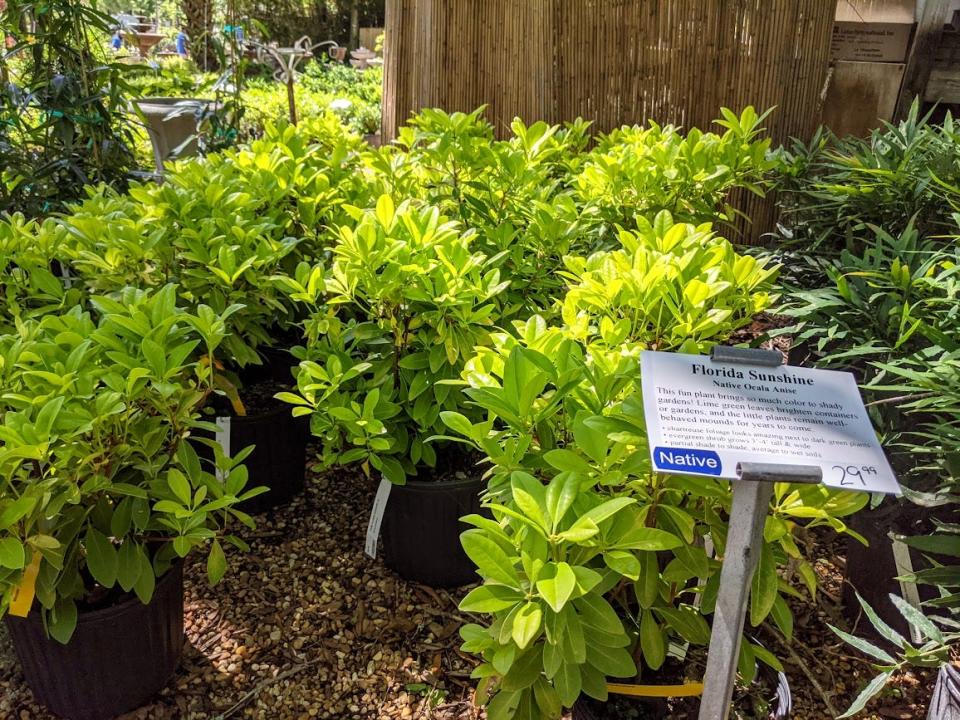Shrubs and trees planted in the fall get off to excellent a head start | Gardening
Autumn officially begins Thursday, Sept. 22, and it is an excellent time of year to plant shrubs and trees.
Trees and shrubs grown in containers can be planted any time. But when planted in spring or summer, they often have to struggle to absorb the water and nutrients their growing tops need. In spring, newly planted trees and shrubs are genetically programed to produce top growth (shoots and leaves), not roots. The trigger to produce roots comes later, during the shorter days and cooler temperatures of fall.

The inevitable spell of hot, dry weather, usually in May, brings on the real test for these spring planted trees and shrubs. The increased demands as a result of the additional spring growth will outstretch the supplies the limited roots can provide. The plants become out of balance, top heavy, with more top than the limited roots can support. As a result, the plant may begin throwing off foliage and abandoning branches in an attempt to survive.
If you plant now through December, with average weather, the plant has a much better chance. The key is that the roots don't go dormant. They continue to grow and develop throughout fall and winter. And because the top is dormant for the winter there is little demand on the roots.
Previous column: Why do hydrangea flowers change colors? It's a kind of horticultural 'wizardry'
More: St. Augustinegrass seed not reliable in Northwest Florida. Here's why | Gardening
Fall-planted ornamentals normally have a supply of carbohydrates and other food substances stored in their roots from the spring and summer growing season. So, with little demand from the tops, roots are able to grow and become well established before the next spring.
Actually, the shorter days and cooler temperatures of fall are genetic triggers for root growth, not top growth. As a result, fall planted trees and shrubs put most of their energy into producing roots, which is an advantage for the plants come spring.
When you plant in fall, do almost everything exactly as you would do in spring. The difference is that you don’t need to fertilize when you plant in the fall. Wait until after the plants are well established the following spring.
You don't want to encourage foliage growth, but root growth, during fall and winter. All other cultural practices would be the same as if you were planting in spring.
After the plant is properly planted be careful to water as much as it needs. Continue to water as needed through fall and winter.
Plants can be much more forgiving if you're a day late watering them in the fall. Fall planted trees and shrubs survive better as compared to those that are planted in spring.
This article originally appeared on Northwest Florida Daily News: Plant shrubs, trees in Florida during fall to give them a head start
